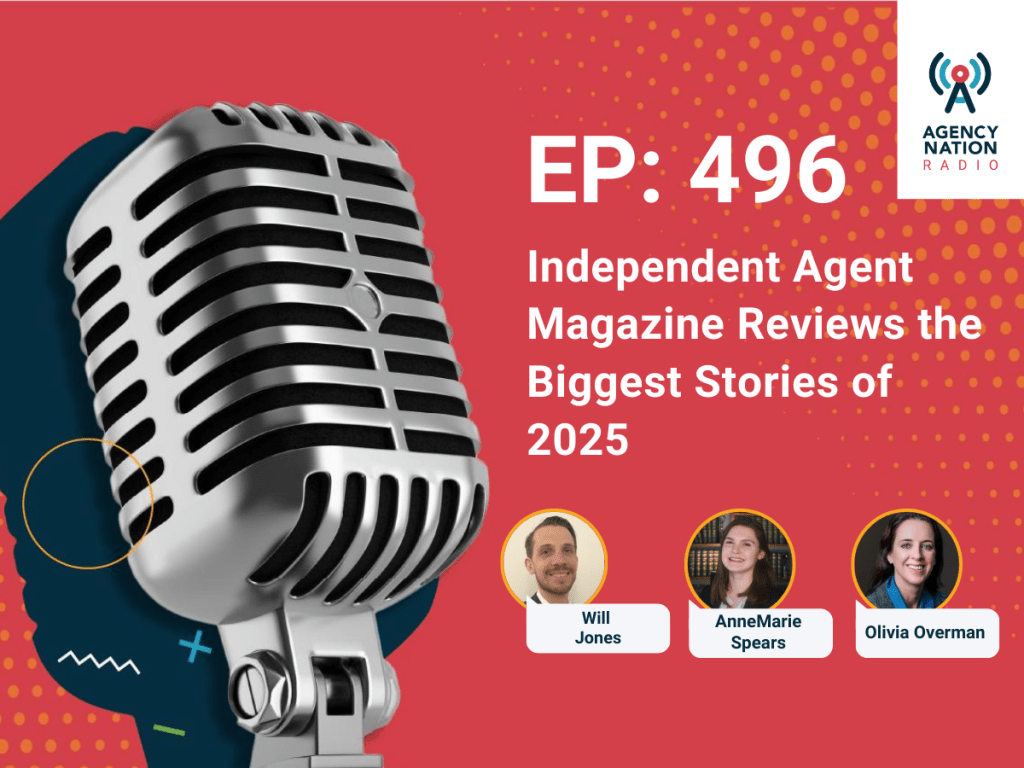Texting Is the Next Frontier of Insurance Communications

By: Michael Streit
The entrance of new tech-savvy talent into the workplace and changing customer needs has prompted many industries to transform their methods and processes to stay competitive—and the insurance sector is adapting right alongside them.
The younger generation of insurance agents and customers want to experience insurance in different ways than generations before. Specifically, how they communicate.
The insurance industry uses various communication channels to connect agents and customers, including phone calls, emails, online portals, mobile apps and face-to-face meetings. But there is a channel used more by the younger generations than any other, and it is the next step in the insurance industry’s communication evolution: texting.
Texting is convenient and the application comes standard on any smartphone or cellphone. It’s user-friendly and doesn’t need Wi-Fi or internet access. Sixty-nine percent of consumers want to receive texts related to making payments, according to the “2023 State of Business Texting Report” from Text Request, and 46% of consumers want to text businesses with sales inquiries.
People constantly check their devices for notifications, and there are only a handful of moments in the day when most people aren’t within reach of their phones. Because of this attachment to smartphones, text messages are rarely left unread. Seventy percent of consumers say texting is the fastest way to reach them and 64% read texts within a few minutes, according to Text Request’s report.
This level of engagement doesn’t happen with other devices or communication channels, which has prompted many forward-thinking insurance agencies to invest in an agency management system (AMS) with built-in texting capabilities.
But how exactly does texting elevate the insurance communications cycle? Here are three ways that incorporating integrated texting benefits the next generation of insurance agents and their customers:
1) Texting allows for instant communication. Insurance agents can reach their clients almost instantly with time-sensitive information, which can greatly reduce time in the sales cycle. It allows agents to easily send and schedule reminders for policy renewals or payment deadlines and updates about new insurance plans or policy changes, allowing them to capitalize on business opportunities faster. And for customers, it provides convenience. They can receive updates and notifications in real-time or request policy information quickly.
2) Texting increases engagement. Integrating text messaging within an AMS brings in another opportunity to provide touchpoints in the sales cycle and allows agents to remain connected with their clients in a more personal and interactive manner. Texting also provides a modern touchpoint for clients to contact agencies, allowing them to engage whenever and wherever they need and remove hurdles to client communication, which helps provide a positive experience and demonstrates that the agent is a convenient resource of information for them.
3) Texting is efficient and simplifies processes. Incorporating texting into insurance agency operations can help save time and resources. Text messages take less time to be composed and sent, allowing agents to manage a larger client base more efficiently. It can also provide records of communication in an AMS, ensuring easy access and seamless management of information for agents. For clients, it provides a simplified option of getting insurance information or updates that also allows them to easily reference their coverage options in a channel they are used to.
As we look to the future, it’s clear that texting is the new frontier in insurance communication. It’s a powerful, easily accessible communications solution that is the key to efficient communication, increased productivity and stronger customer relationships.
Michael Streit is president of EZLynx.










